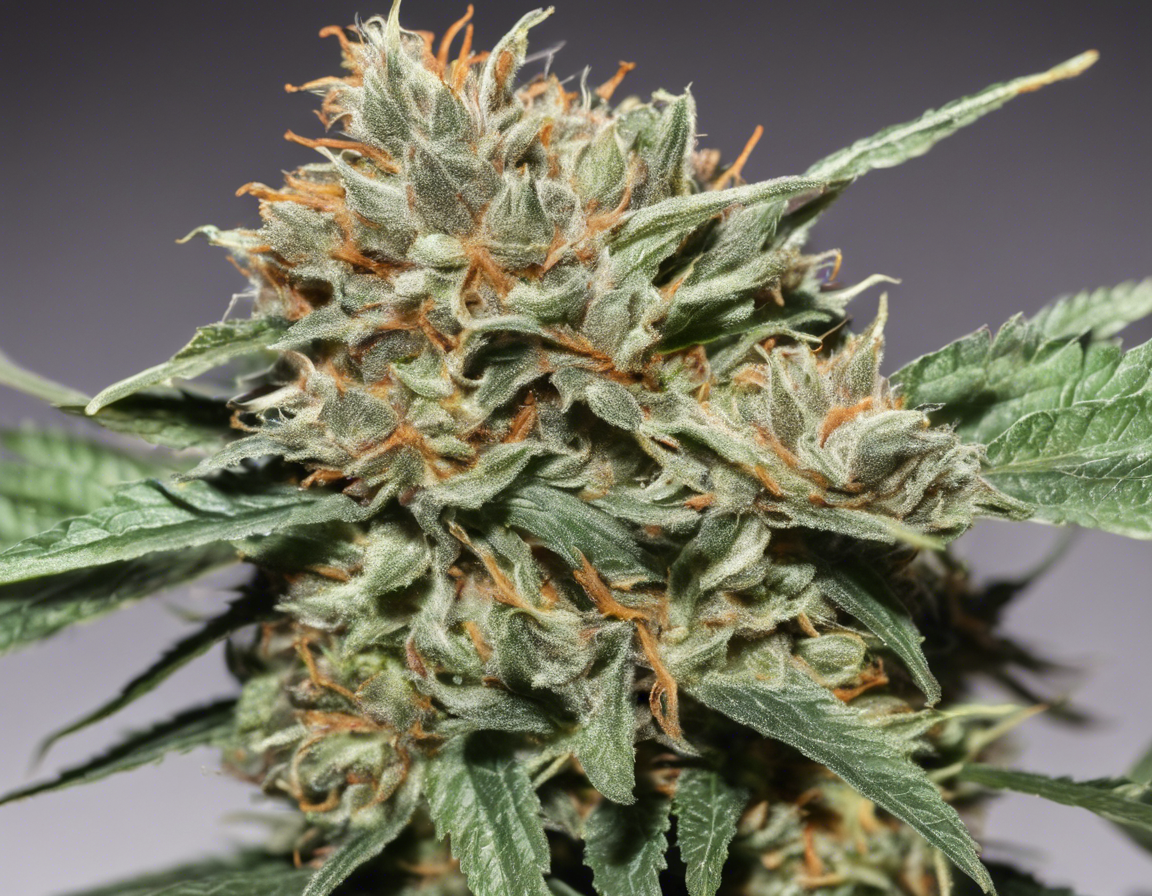Introduction
In the world of biological sciences, the term “trinity strain” has sparked great interest and curiosity among researchers and enthusiasts alike. This unique strain, often referred to as the “holy grail” of microbiology, presents a complex and intriguing web of characteristics that continue to baffle experts. In this comprehensive article, we will delve into the intricacies of the Trinity strain, exploring its origins, structure, potential applications, and the ongoing quest to unlock its full potential.
Understanding the Trinity Strain
The Trinity strain is a distinct variant that falls under the family of bacteria, known for its tripartite nature. This innovative classification sets it apart from traditional bacterial strains, as it comprises three interconnected components that work synergistically to drive its biological functions. Scientists have identified this triple helix structure as a hallmark feature of the Trinity strain, signifying its unique genetic makeup and evolutionary path.
Origins and Discovery
The discovery of the Trinity strain can be traced back to a remote research facility, where a team of dedicated microbiologists stumbled upon a remarkable specimen during a routine sampling expedition. Initial investigations revealed an unprecedented level of complexity in the strain’s genetic code, leading researchers to coin the term “trinity” to capture its tripartite essence.
As subsequent studies unfolded, the true significance of the Trinity strain began to emerge, captivating the scientific community and fueling speculation about its potential implications for various fields, ranging from medicine to biotechnology.
Characteristics and Composition
At the core of the Trinity strain lies its intricate threefold structure, comprising distinct genetic elements that interact harmoniously to confer unique properties. Each component plays a vital role in shaping the strain’s behavior, from its resilience to environmental stressors to its ability to adapt and thrive in diverse habitats.
-
Component A: The first component of the Trinity strain serves as the primary driver of metabolic pathways, facilitating the conversion of nutrients into energy with remarkable efficiency.
-
Component B: This middle segment of the trinity serves as the communication hub, orchestrating intercellular signaling processes that regulate the strain’s response to external stimuli.
-
Component C: The final component of the Trinity strain embodies its adaptive prowess, enabling rapid adjustments to changing environmental conditions and ensuring survival in challenging scenarios.
Potential Applications
The multifaceted nature of the Trinity strain opens up a world of possibilities for innovative applications across various industries. From bioengineering to environmental remediation, this enigmatic strain holds promise for addressing pressing challenges and advancing scientific frontiers.
-
Biomedical Innovations: Researchers are exploring the Trinity strain‘s potential in developing novel therapeutics and targeted drug delivery systems that leverage its unique biochemical properties.
-
Bioremediation Efforts: The strain’s capacity to metabolize a wide range of pollutants makes it a valuable candidate for bioaugmentation strategies aimed at mitigating environmental contamination.
-
Industrial Biotechnology: The Trinity strain‘s versatile metabolic pathways offer new avenues for producing biofuels, enzymes, and other high-value products with enhanced efficiency and sustainability.
Challenges and Future Prospects
Despite the promise held by the Trinity strain, several challenges impede its full realization and commercialization. Key hurdles include optimizing cultivation protocols, elucidating regulatory mechanisms governing its tripartite structure, and addressing safety concerns associated with its potential release into natural ecosystems.
Looking ahead, researchers are intensifying their efforts to unlock the Trinity strain‘s full potential through integrated approaches that combine genomics, bioinformatics, and synthetic biology. By unraveling the mysteries of this extraordinary organism, scientists aim to harness its power for the greater good of society and the environment.
Frequently Asked Questions (FAQs)
- What sets the Trinity strain apart from traditional bacterial strains?
-
The Trinity strain stands out due to its tripartite nature, comprising three interconnected components that drive its biological functions.
-
Are there any known applications of the Trinity strain in medicine?
-
Researchers are exploring the potential of the Trinity strain in developing novel therapeutics and targeted drug delivery systems.
-
How does the Trinity strain contribute to environmental remediation efforts?
-
The strain’s ability to metabolize a wide range of pollutants makes it a valuable candidate for bioaugmentation strategies in bioremediation.
-
What are the key challenges in harnessing the full potential of the Trinity strain?
-
Challenges include optimizing cultivation protocols, understanding regulatory mechanisms, and addressing safety concerns associated with its use.
-
How can researchers benefit from studying the Trinity strain’s genetic makeup?
- By deciphering the Trinity strain’s genetic code, scientists can unravel the mechanisms underpinning its tripartite structure and exploit its unique features for various applications.
In conclusion, the Trinity strain represents a captivating enigma in the realm of microbiology, offering a glimpse into the intricacies of nature’s design. As research endeavors continue to unfold, the quest to unravel the mysteries of this extraordinary organism holds great promise for advancing scientific knowledge and paving the way for groundbreaking innovations in biotechnology and beyond.
